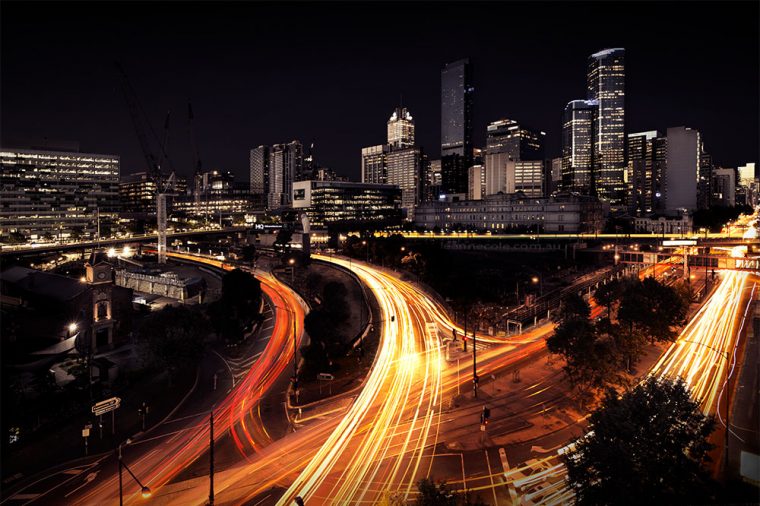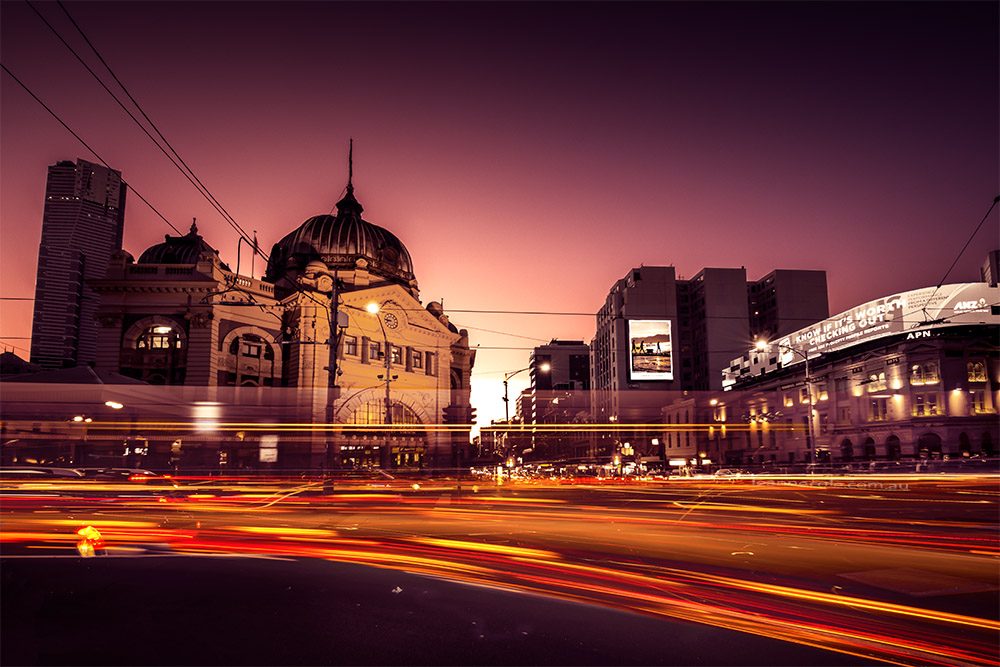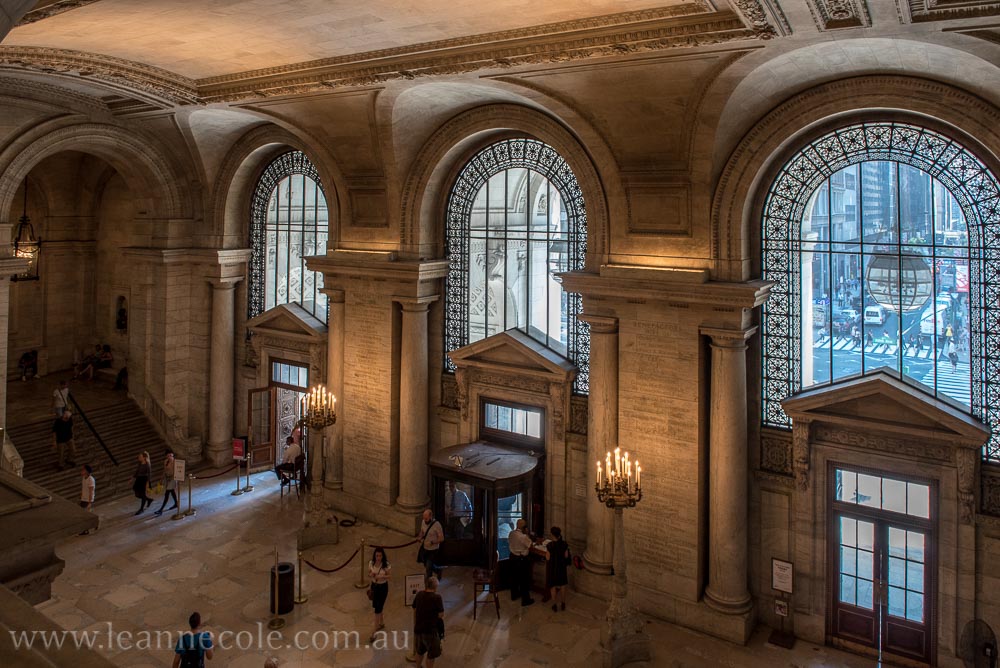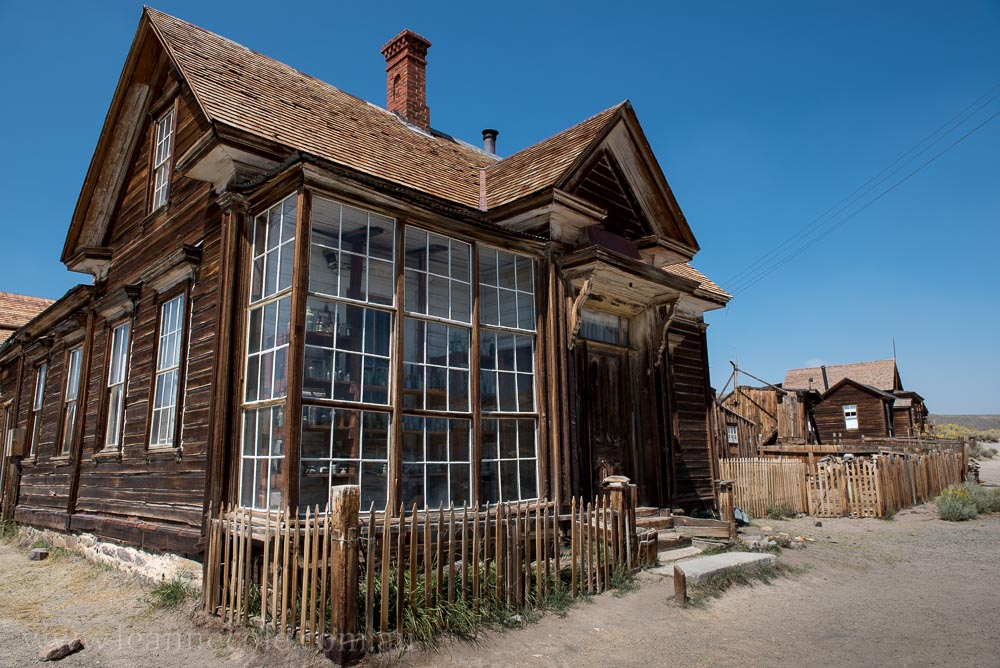A few weeks ago I did a post with a photo that I had stacked the light trails so I could get more and some of you asked me to do a post on how to do it. At the time I thought I may have written a post on this already for Digital Photography School when I used to be a regular contributor there.
It turns out I have, and you can find that article by following this link,
Stacking Light Trails for Night Photography Special Effects
This post is about using Photoshop to stack the light trails. You can probably do them other ways and I could try ON1 if people want to see if you can do the same in that, I do have that software, but I don’t have any other stuff. Though, having said that, you probably follow a lot of what you do in Photoshop with other programs as well. I’m not totally sure, like I said, I only have ON1 and Photoshop.
I hope that helps, and to finish this post I’m going to show more light trails where I have stacked the images. I hope you like them. Most are cars, but there are some trains too.

















Thank you for the tutorial, Leanne. I’ll be giving this a go!
You’re welcome Sofia, let me know if you try it.
I will 🙂
Fantasic.
Wow, incredible lighting!
thank you Amy.
Thanks for the post. Your photos are amazing!
No problem and thank you.
Cool effect in motion
Thank you Beth.
Such excellent light trails
Thank you Ruth.
Those are very cool!
Thank you Jean.
The result is fantastic!
Glad you like them Helena, thank you.
The lighting puts a whole new spin on the photos. I looked at a couple of night-vision cameras, unless I win the lottery it’s not going to happen. 🙂
Thank you, yeah, I think the stacking really works and makes a better image. These photos were all taken with a normal camera, but it was on a tripod. 😀
What photo editing product do you use?
I tend to use Photoshop. Though with how much they are hiking up the price I might have to start looking elsewhere.
Years ago I perfected Aperture but Apple stopped maling it. I don’t need a professional tool but want one stronger than the apps available. Thanks for answering. 🙂
You could always try GIMP. I haven’t used it for years, but I think it is still free. I don’t like it, but then again I haven’t used it for a long time, it might be better.
I’m currently using mostly the built in photo tools on my MAC and have a few small apps but I would like to take my photography to the next level but not anywhere near your level. Thanks for the heads up, I’ll look at it.
You’re wecome, good luck with it all.
Always wanted to learn more about using Photoshop and editing software. Will save this link for future.
I hope it helps, though lightroom is probably better to start with, or other programs like On1.